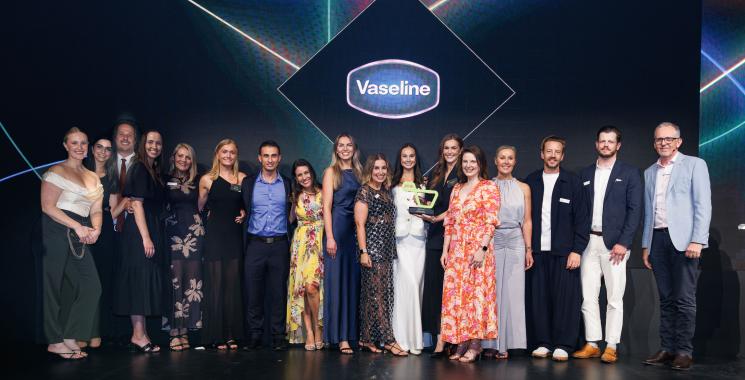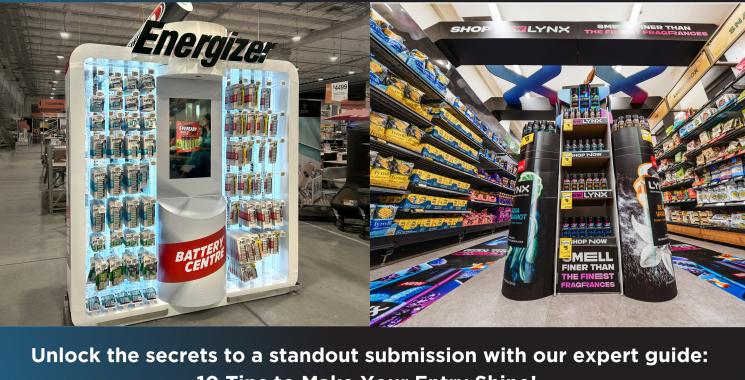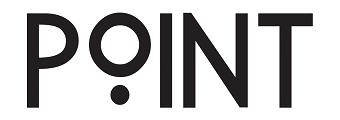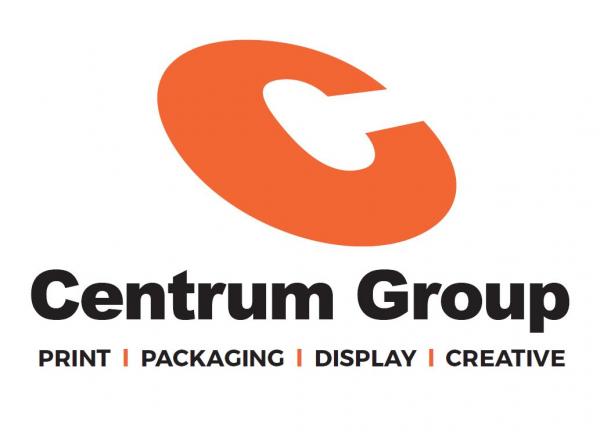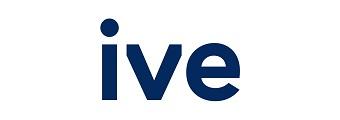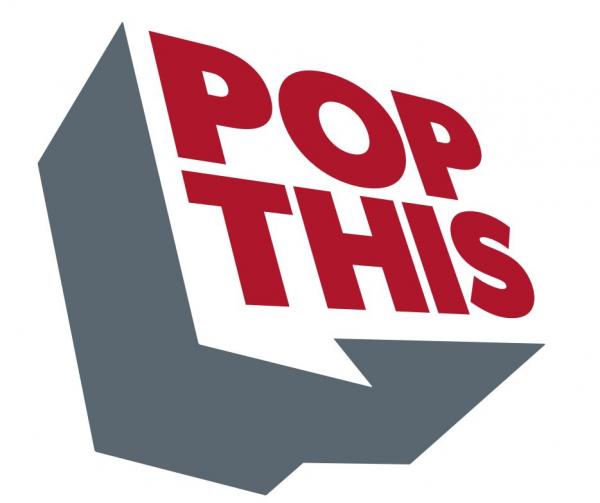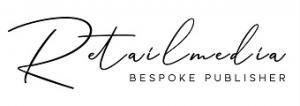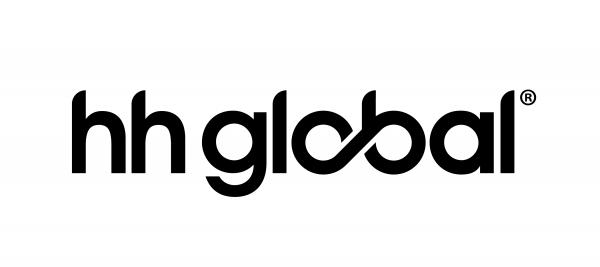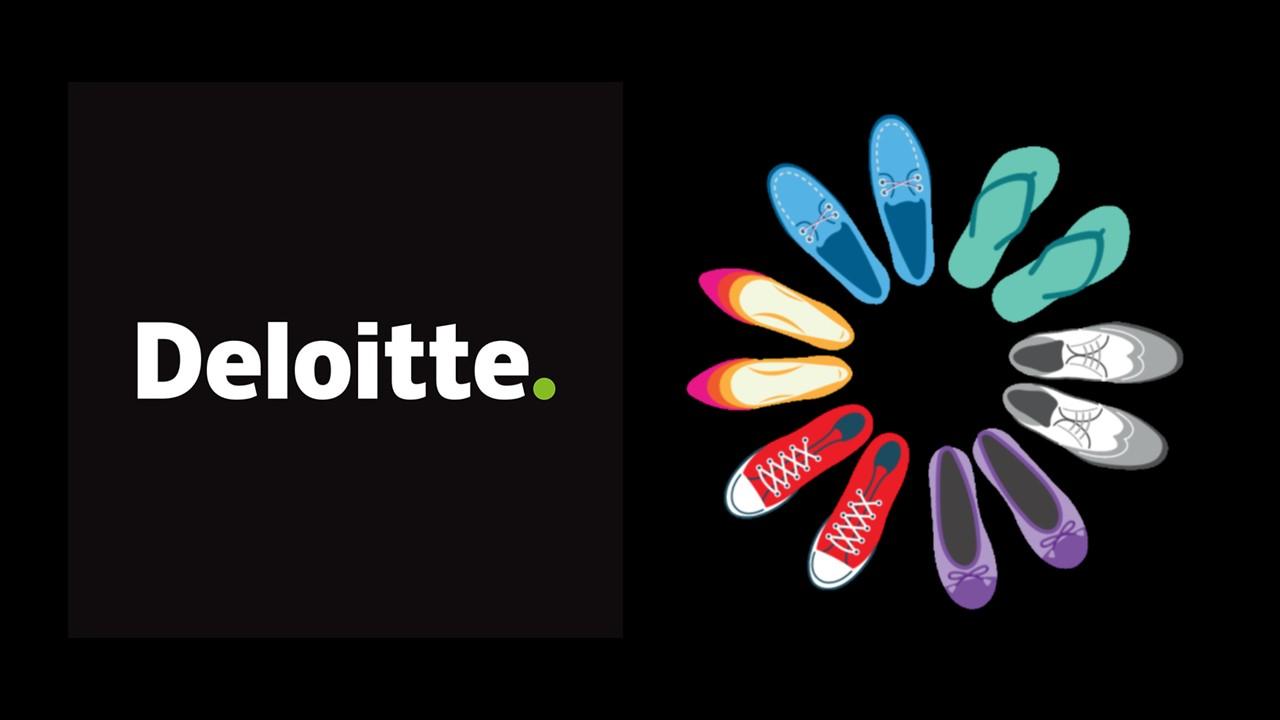
Deloitte Access Economics Retail Forecasts

Retail Forecasts: divergence
10 September 2020: Australian retailers are facing a volatile retail environment, with monthly swings in spending and an enormous gulf in performance by sector and across states. Total spending slumped in the June quarter, but a solid performance in June and July suggests stronger momentum in the September quarter.
According to Deloitte Access Economics’ latest quarterly Retail Forecasts subscriber report (Q3 2020):
- Retail spending is faring better than general consumer spending, with retail volumes falling just 3.4% over the June quarter, compared to the 12.1% collapse in housheold spending volumes
- Retail sales were well up compared to a year earlier in the months of June and July, and this momentum is expected to cotinue into the September quarter, with retail volumes expected to bounce back by 5.4%
- The headline print is masking significant divergence across the retail landscape – there is a wide range of growth performance across both categories and states

Deloitte Access Economics partner, and Retail Forecasts principal author, David Rumbens, said: “Retail spending has fallen at the fastest rate in nearly 20 years as COVID-19 cast a cloud over the consumer landscape. Yet it pales in comparison to the collapse in total consumer spending experienced over the quarter.
“The average retail growth rate also hides the complexity of the retail environment right now. After slumping in April, spending picked up through the quarter, with June retail sales up 7.4% compared to the previous year. It also looks like that momentum has continued into the September quarter, with spending up 12.0% in July compared to the same month a year prior.
“And there is an enormous gulf in retail performance by sector. Restrictions have sent cafes, restaurants and catering services into a tailspin, with spending remaining over 20% lower than pre-COVID levels in the month of July.
“Meanwhile, with more people at home more of the time, spending on recreational goods, alcohol, electrical and electronic goods, and hardware, building and garden supplies have surged, with all posting more than 30% gains in the month of July compared to pre-COVID levels.”
Chart 2 - Change in nominal retail spending compared to pre-COVID levels

“And it’s not just categories experiencing a divergence in spend,” Rumbens said. “Victoria’s second wave COVID outbreak and stage 4 restrictions have sent the state back into a spending slump. Meanwhile retailers in Queensland and Western Australia continue to benefit from the easing of restrictions.”
Savings rate surges on fiscal support
Australia’s COVID-induced employment crisis has hurt take home incomes and eroded consumer willingness to spend.
“But it’s also not all bad news. The level of cash washing through the economy from fiscal stimulus is also unprecedented. Employee earnings might have dropped over the quarter, but household disposable income actually rose 2.2%,” Rumbens said
“Unfortunately, we weren’t willing to go out and spend this extra cash, with the savings rate skyrocketing to 19.8% as households prepare for what they expect to be further difficult and uncertain times ahead.
“Looking forward, some parts of retail are expected to take longer than others to recover. Supermarkets, specialty food and liquor, household goods, and other retailing have already exceeded December’s pre-COVID spending levels for spending over a whole quarter. However, it is expected to take much longer for department stores, catered food, and apparel to reach this benchmark.”

See media releases and research at deloitte.com.au

